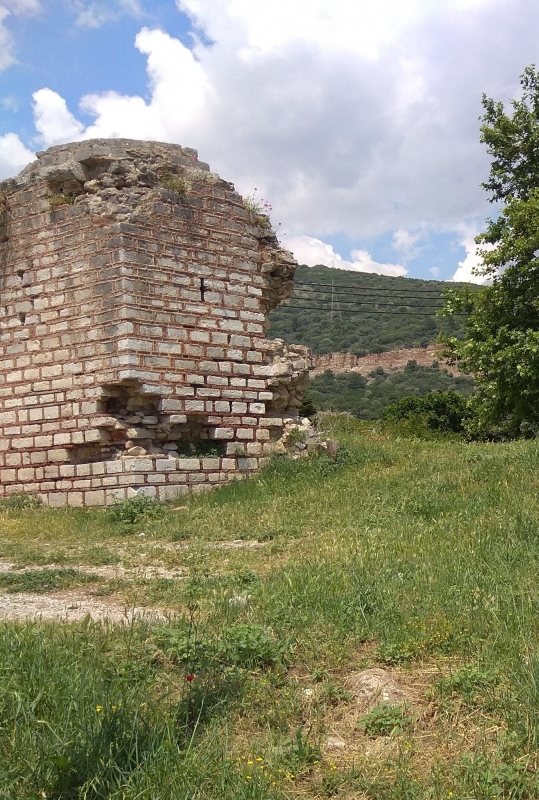
A fountain to last forever
The Ottoman bath
In the 16th century, the Ottoman state favoured the construction of public fountains in any suitable urban open area. Most of them were built near a mosque (as is the case here) or intersections in each neighbourhood. These fountains were considered a charitable duty for faithful Muslims, so they were usually prominent constructions with elaborate facades. The typical Ottoman fountain has a shallow ogive arch on the main facade, along with a marble plaque commemorating the founder and the year of construction. The water tank is at the base and space is provided on either side for people to seat. The fountains were solid constructions to ensure their longevity and to resist the corrosive power of the water.





